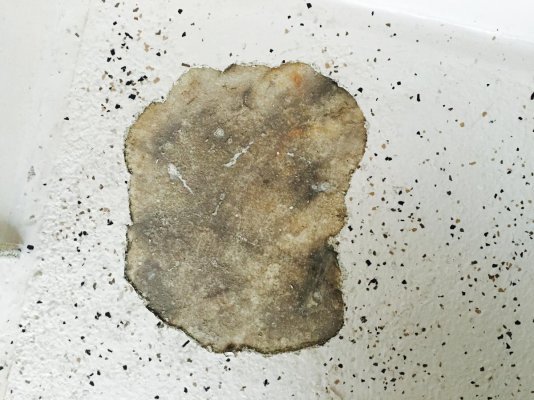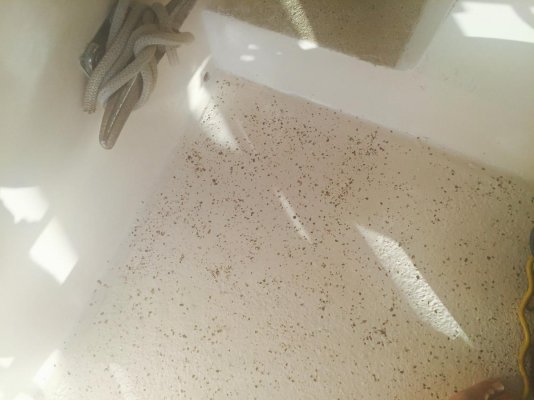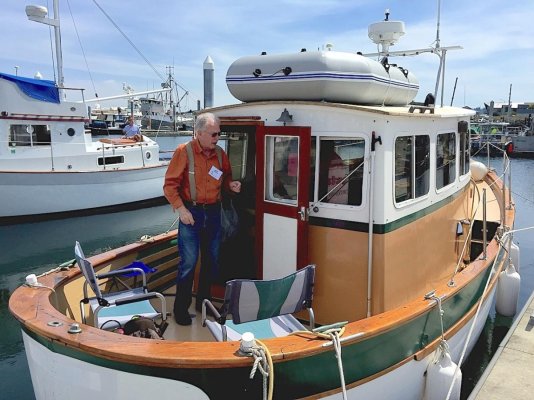RT Firefly
Enigma
Greetings,
Mr. PM. I bought one of these and a friend borrowed it it remove a deck coating. Seemed to work better than sanding or paint remover+scraping.
6 Piece Pneumatic Scraper Kit
An air compressor is a given. 3HP or better with a larger tank. Borrow? Rent?
Mr. PM. I bought one of these and a friend borrowed it it remove a deck coating. Seemed to work better than sanding or paint remover+scraping.
6 Piece Pneumatic Scraper Kit
An air compressor is a given. 3HP or better with a larger tank. Borrow? Rent?






